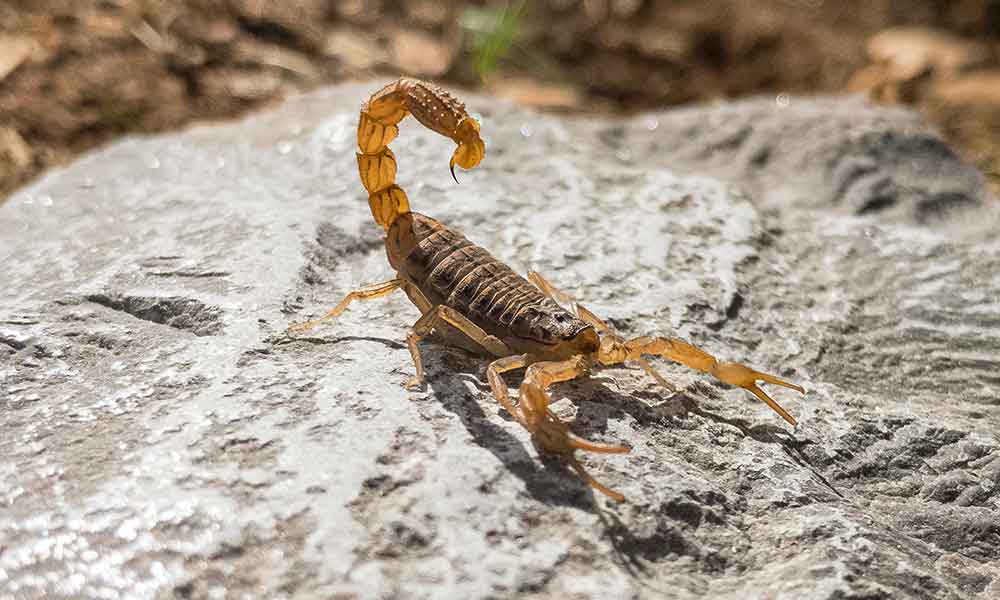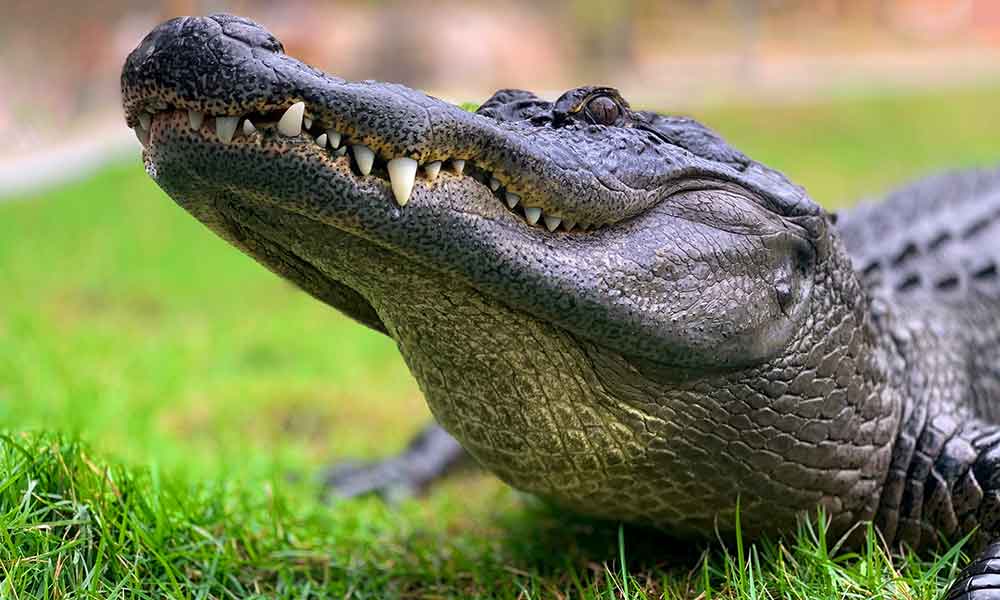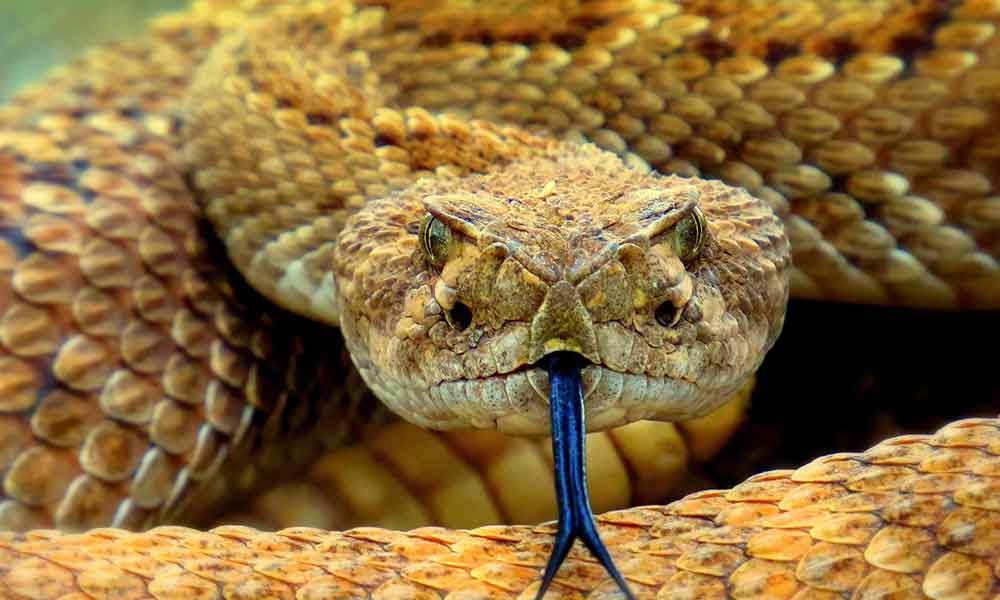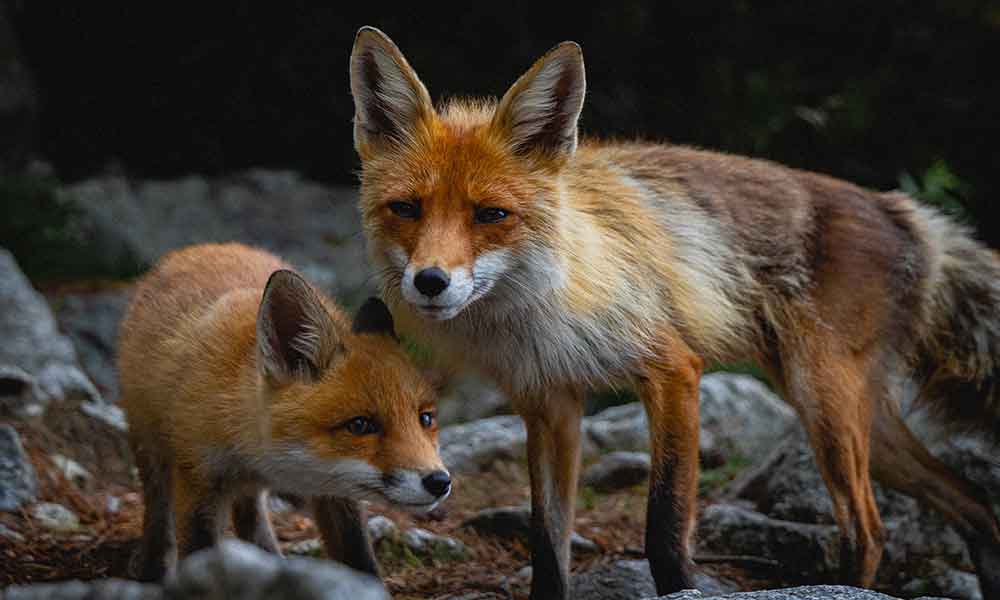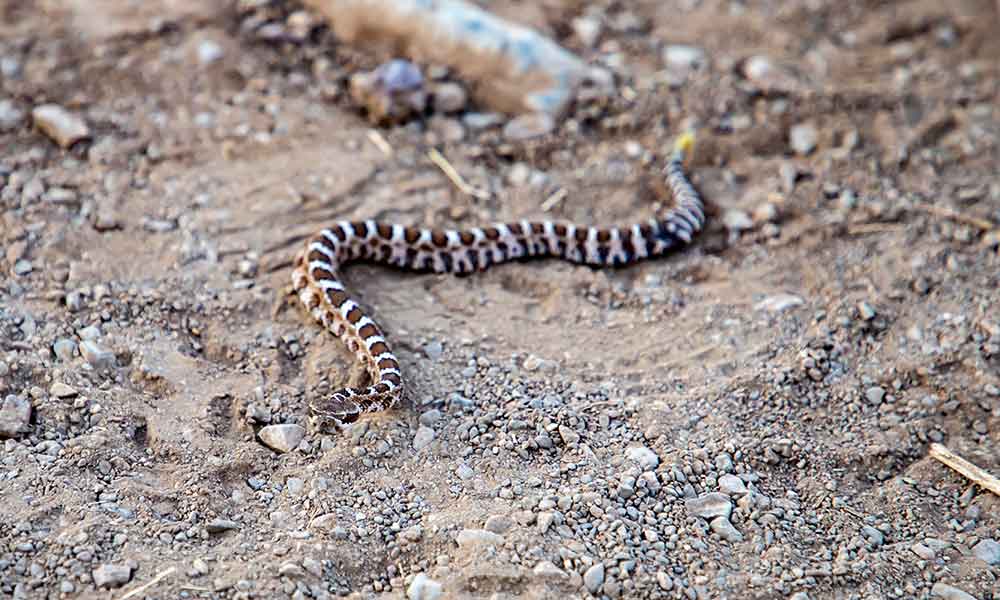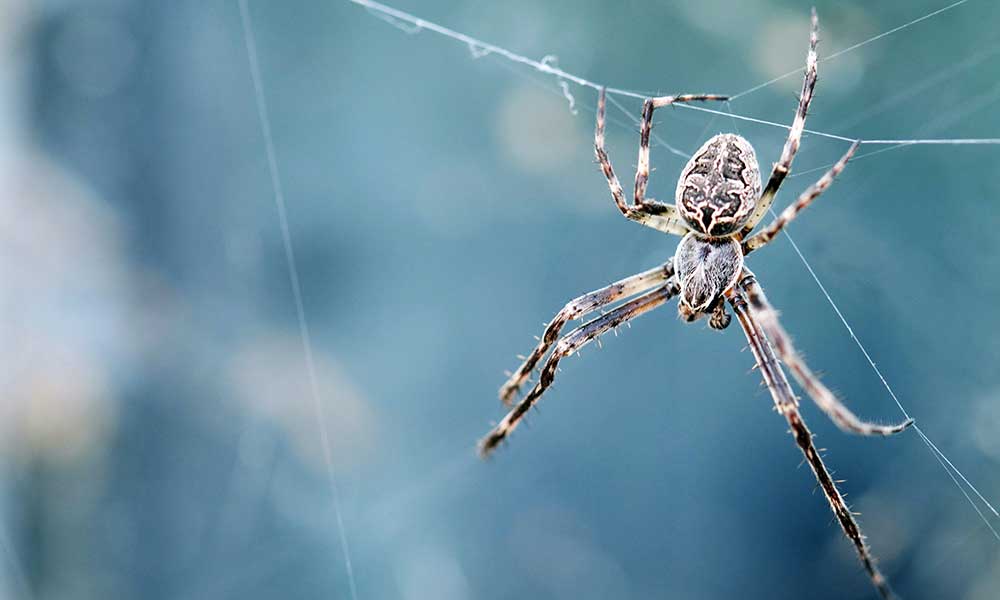Sea lions are a type of creature known as “Pinnipeds” which comes from the Latin meaning “fin foot”. It’s the same classification as walruses and seals, but sea lions are distinct from these creatures and compose the Otarilidae family, also known as eared seals.
Sea lions can be found in both the northern and southern hemispheres and have a gluttonous appetite, consuming up to 8% of their body weight in food during a single sitting. That doesn’t slow them down, though, and these beautiful and insatiable creatures are known to reach speeds of up to 35 miles per hour in the water.
Let’s explore these 10 types of sea lions:
- California Sea Lion
- Steller Sea Lion
- Australian Sea Lion
- Galapagos Sea Lion
- New Zealand Sea Lion
- South American Sea Lion
- Japanese Sea Lion
- Northern Fur Seal
- Galapagos Fur Sea
- Antarctic Fur Seal
Types of Sea Lions
There are seven recognized types of sea lions, one of which is extinct. There are also several types of fur seals. Despite the name, these creatures are more closely related to sea lions than true seals.
Check out the list below to learn more about the different types of sea lions and fur seals:
California Sea Lion (Zalophus californianus)
- Average Size: Males up to 8.9 ft (2.7m) long; Females up to 6.9 ft (2.1m) long
- Average Weight: Males weigh up to 770 lbs. (350 kg) – Females weigh up to 220 lbs. (100 kg)
- Lifespan: Around 30 years old
Steller Sea Lion (Eumetopias jubatus)
- Average size: 7.5 to 10.7ft (2.3 – 3.25 m)
- Average weight: Up to 2,470 lbs. (1120kg)
- Lifespan: 24 years
Australian Sea Lion (Neophoca cinerea)
- Average size: 6 to 8 ft (1.8m – 2.5m)
- Average weight: 230 to 660 lbs. (105kg – 300kg)
- Lifespan: 12 to 16 years
Galapagos Sea Lion (Zalophus wollebaeki)
- Average size: 4.9 to 8.2 ft to (1.5 to 2.5m)
- Average weight: 110 to 550 lbs. (50 to 250 kgs)
- Lifespan: 15 to 24 years
New Zealand Sea Lion (Phocarctos hookeri)
- Average size: Males are 7.9 to 11.5ft long and Females are 5.9 to 6.6ft long
- Average weight: Males weigh 710 to 990 lbs. and Females weigh 198 to 364 lbs.
- Lifespan: 23 years
South American Sea Lion (Otaria flavescens, formerly Otaria byronia)
- Average size: Females measure up to 6.5 feet and Males measure up to 10 feet
- Average weight: Males weigh around 770 pounds and females weigh around 330 pounds
- Lifespan: 16 to 20 years
Japanese Sea Lion (Zalophus japonicus)
- Average size: 6 to 8 ft (1.8 to 2.4 m)
- Average weight: 220 to 660 lbs. (100 to 300kg)
- Lifespan: 20 – 30 years (now extinct)
Northern Fur Seal (Callorhinus ursinus)
- Average size: Males measure around 6.5 feet and Females measure around 4.5 feet
- Average weight: Males weigh around 600 pounds and Females can weigh up to 110 pounds
- Lifespan: 18 to 27 years
Galapagos Fur Sea (Arctocephalus galapagoensis)
- Average size: 4.1 to 4.9 ft (1.25 to 1.5m)
- Average weight: 59 to 141 lbs. (27 to 64kg)
- Lifespan: Around 22 years
Antarctic Fur Seal (Arctocephalus gazella)
- Average size: Males grow up to 6.5 ft and Females reach 4.5 ft
- Average weight: Males weigh around 293 lbs. and Females weigh around 74 lbs.
- Lifespan: 20 to 24 years
Everything You Could Ever Need to Know About Sea Lions
Are you curious about sea lions? Are you keen to know more about how these creatures feed, live, swim, and mate? Then check out the following FAQs about sea lions!
What Is The Most Endangered Sea Lion?
There are three types of sea lions listed as endangered: the Australian sea lion, the New Zealand sea lion, and the Galapagos sea lion.
The New Zealand sea lions are the ones considered to be the most threatened. There are just 12,000 of these animals in the world and their main breeding population reduced by around 50% between 2000 and 2015, with experts predicting that they will be completely extinct by 2035.
What Is The Biggest Sea Lion?
Steller sea lions are the biggest types of sea lions and can grow to nearly 2,500 pounds.
How Many Sea Lions Are There Today?
The numbers differ greatly from species to species. As noted above, there are only around 12,000 New Zealand sea lions, but there are close to a quarter of a million California sea lions and nearly half a million South American sea lions.
In total, the global population of these animals is close to 1 million. That may sound like a lot, but estimates suggest that there are between 2 and 75 million seals (a pretty wide range)
Are Sea Lions Friendly To Humans?
As with any other animal, a sea lion’s friendliness will depend on how familiar it is with humans. If the animal is used to being around humans and getting tossed the occasional fish, they may be friendly. If they rarely see humans and have never interacted with them, they will be more inclined to act aggressively.
How Big Can A Sea Lion Get?
Steller sea lions can grow to nearly 2,500 pounds. Males are much bigger than females, but females can still reach up to 1,000 pounds.
Are Sea Lions More Aggressive Than Seals?
Both seals and sea lions can be hostile toward humans and other animals, but sea lions tend to be the more aggressive of the two.
Do Sea Lions Sleep At Night?
Many species of sea lions hunt during the night and sleep for up to 12 hours during the day. They often sleep on land.
What Do Sea Lions Eat?
Sea lions have strong and sharp teeth that they use to catch their food and tear at the flesh. They feed primarily on fish, including salmon, sardines, and anchovies, but they also eat octopus and squid.
Are Sea Lions Dangerous?
Although sea lions are generally not considered to be dangerous, they are large animals and can be unpredictable. They may attack if provoked or scared and you should avoid getting too close. Don’t try to feed them or get too close and keep dogs well clear.
What’s The Difference Between A Seal And A Sea Lion?
Sea lions have large flippers that they can use to “walk” across beaches. They also have a distinctive bark and visible ear flaps. Seals, on the other hand, usually shuffle along on their bellies and don’t have visible ear flaps.
Sea lions also have a uniform brown coloration while seals are a little more varied, with many species having some kind of patterning.
Where Do Sea Lions Live?
You can find sea lions everywhere from California and Mexico to Japan and Korea.
Do Sea Lions Eat Penguins?
Sea lions prefer to eat fish, but if there are penguins around and they are hungry, they’ll prey on these creatures as well.
What Eats Sea Lions?
Killer whales and sharks are known to feed on sea lions. Sea lions can swim faster than these creatures, but they are often caught by surprise and are mortally wounded before they have a chance to escape.
Are Sea Lions Related To Dogs?
Sea lions are from the same sub-order as dogs. They share an ancestor, but they branched into different family trees many millions of years ago.
How Long Can A Sea Lion Hold Its Breath?
Sea lions can’t breathe under water but they can hold their breath for up to 20 minutes at a time.

